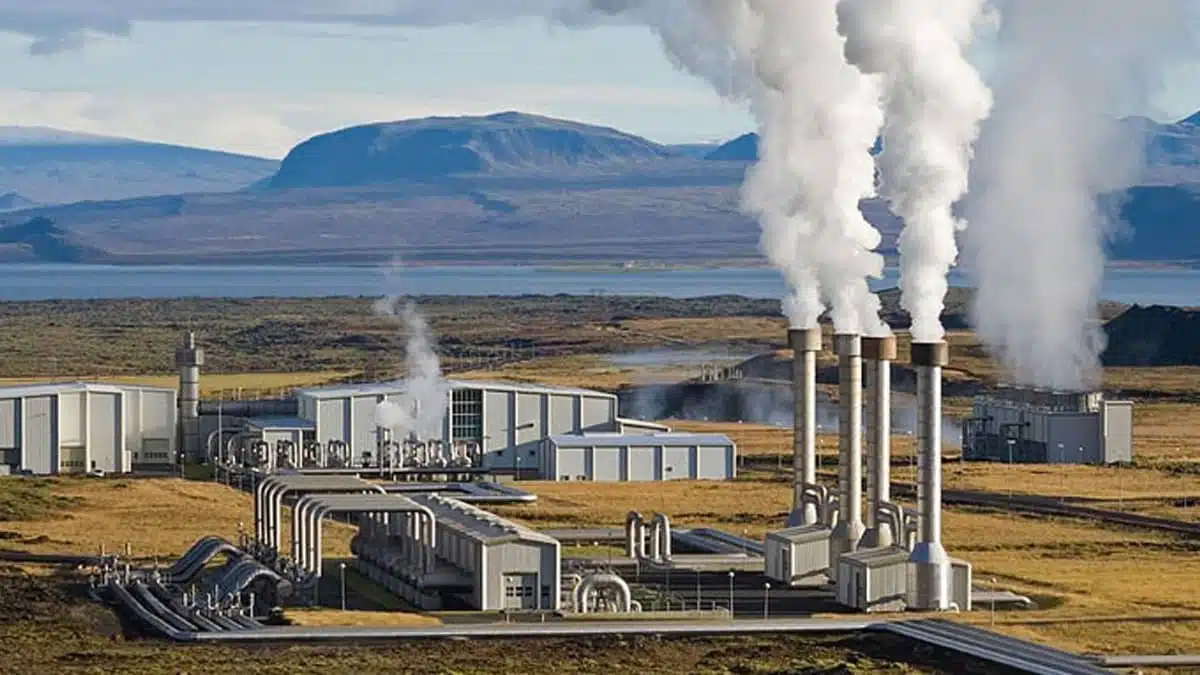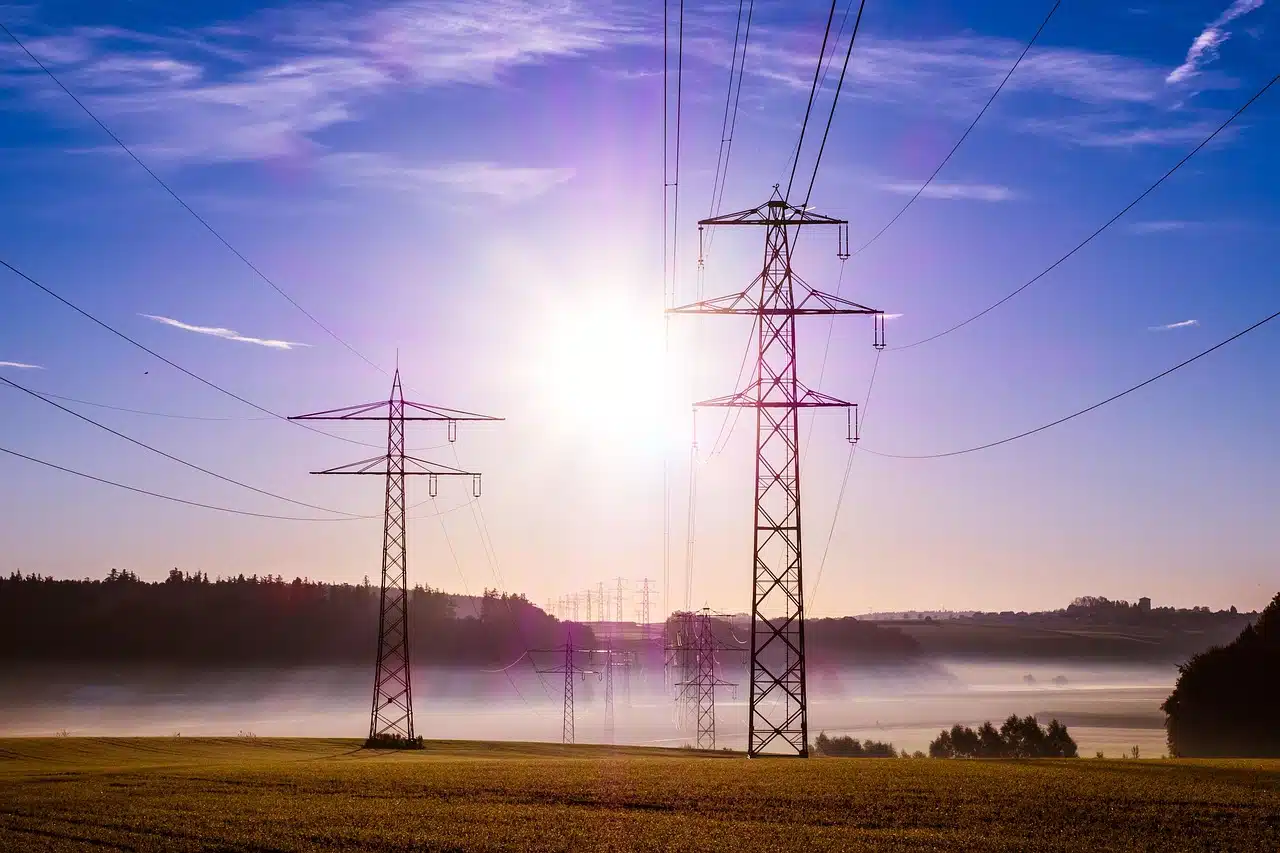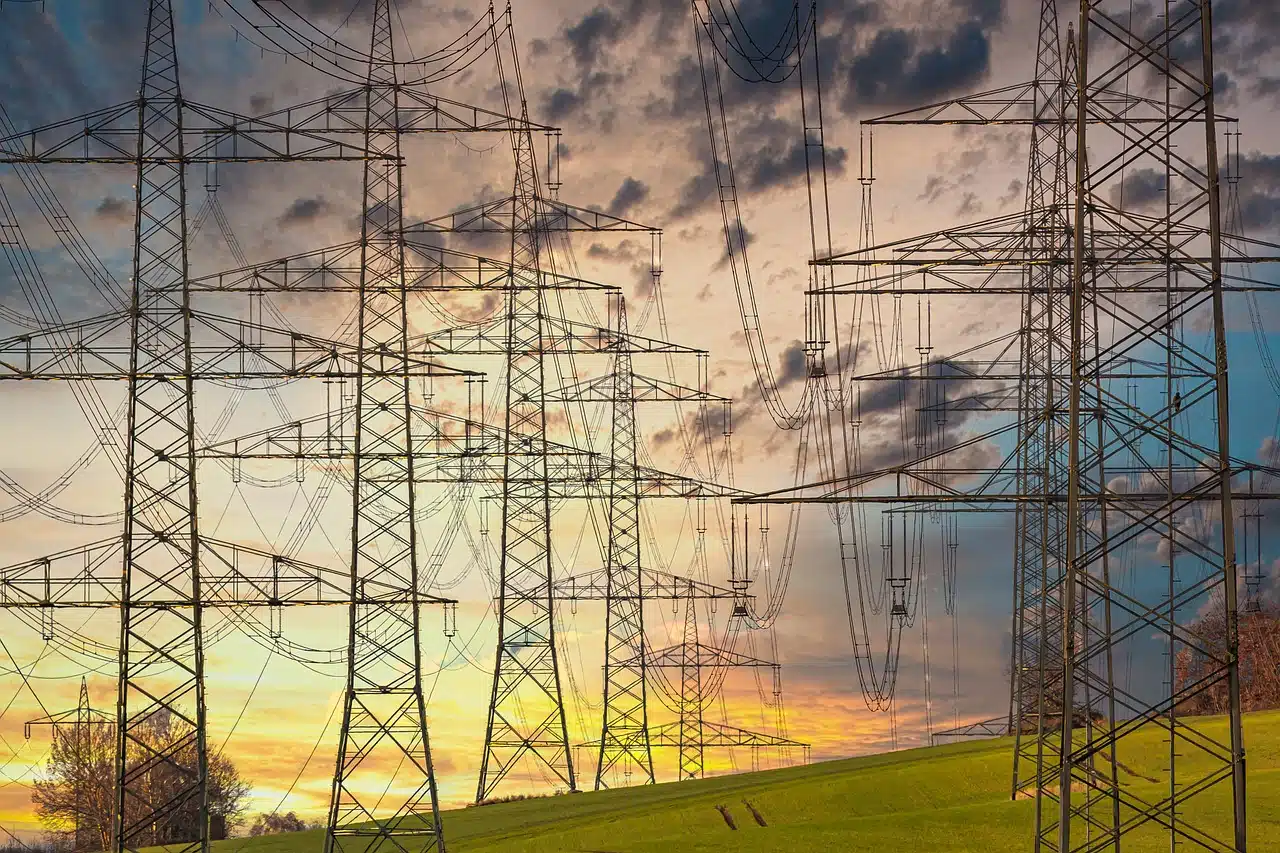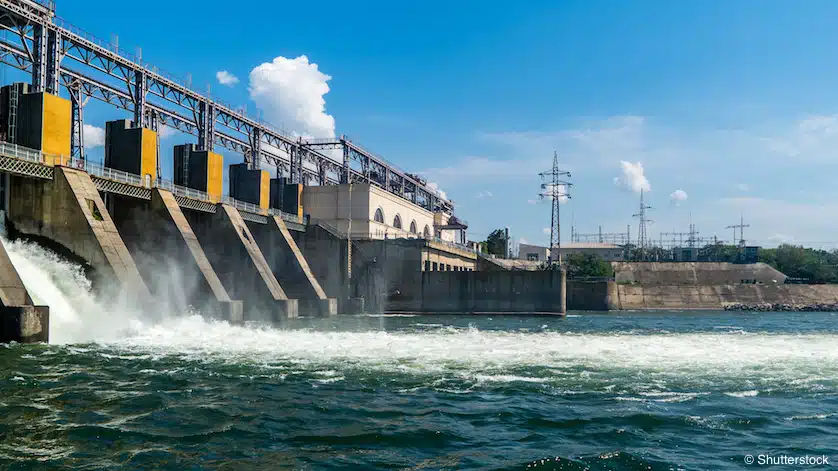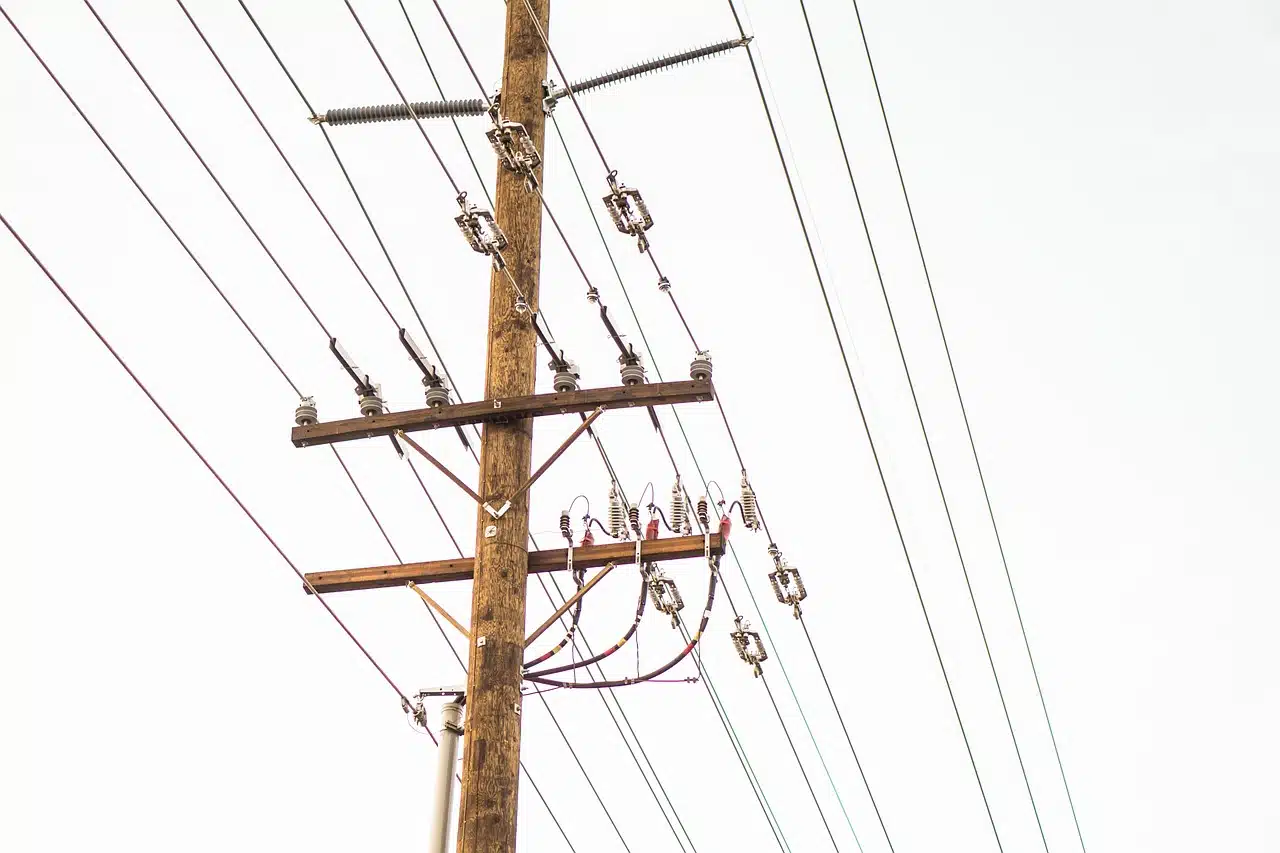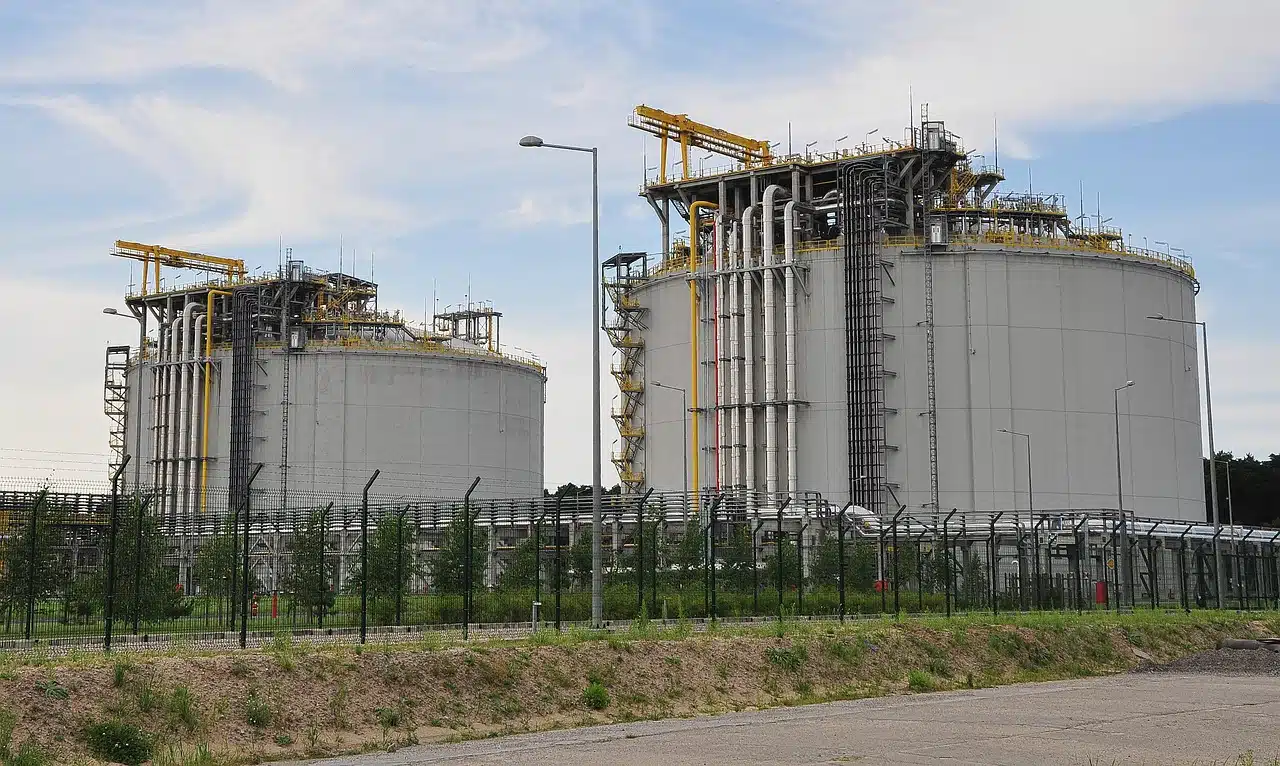Africa is on course to surpass Europe in geothermal energy production by 2030, becoming the world’s third-largest producer after Asia and North America.
This shift is driven by substantial investments, favorable geological conditions, and proactive government policies, especially along the East African Rift, which holds immense geothermal potential, a new report shows.
Geothermal power is set to play a vital role in meeting Africa’s growing energy demands.
According to projections by Rystad Energy, the continent’s geothermal industry could attract over $30 billion in investments by 2050.
Rystad Energy noted that these investments will propel Africa’s geothermal capacity from just over 1 gigawatt (GW) in 2023—half of Europe’s total—to more than double by 2030, based on currently announced projects.
The study also shows that Africa’s geothermal capacity could triple within the same period. By 2050, geothermal capacity in Africa is expected to expand to 13 GW, more than double Europe’s projected total of 5.5 GW by then.
“The geothermal industry in Africa is picking up steam and could help meet soaring demand across the continent in the decades to come,” said Daniel Holmedal, senior supply chain analyst at Rystad Energy. “This growth will take the continent from being the sixth-largest geothermal power generator in 2023 to the third largest in 2030.”
Kenya and Ethiopia at the forefront
Kenya and Ethiopia are leading Africa’s geothermal development, accounting for nearly 90% of the continent’s capacity. Both countries are situated in the geologically active Great Rift Valley, making them rich in geothermal resources.
Kenya, already a geothermal powerhouse, generates nearly 1 GW of capacity from its flagship Olkaria geothermal facility and other projects. The country is set to exceed 8 GW of geothermal capacity by 2050, demonstrating a strong commitment to integrating geothermal energy into its power mix.
“Africa’s geothermal resources are world-class, and the East African Rift is a goldmine for clean energy,” said Joseph Njoroge, Kenya’s Principal Secretary for Energy.
In July 2024, Sosian Energy of Kenya secured $68 million in funding from the Development Bank of Southern Africa (DBSA) to expand the output of a 35 MW geothermal plant in Menengai. This project is part of a larger plan to install three power stations in the region, with a combined capacity of 105 MW.
Meanwhile, Ethiopia is working to overcome challenges and accelerate geothermal development. Projects such as Tulu Moye, Aluto-Langano, and Corbetti are expected to drive the country’s geothermal capacity beyond 3.5 GW by 2050.
Policy support and technological advances
The report highlights that governments across Africa are de-risking geothermal projects by funding exploration phases and providing guarantees to attract private investors.
“Geothermal energy development comes with high upfront costs, but African governments are addressing these challenges with innovative solutions,” noted Fatima Abdi, an energy consultant in Addis Ababa.
The adoption of advanced technologies, such as closed-loop geothermal systems, has further reduced costs and improved efficiency.
“Technology is a game-changer,” said Dr. George Kamau, a renewable energy expert. “What once seemed like a high-risk endeavor is now an opportunity for Africa to lead in sustainable energy.”
Africa’s push for geothermal energy aligns with global efforts to transition to renewable energy and reduce carbon emissions.
According to the International Renewable Energy Agency (IRENA), geothermal energy could provide clean, reliable electricity for millions across Africa while reducing dependence on fossil fuels.
With its untapped potential and strategic investments, Africa is poised to play a pivotal role in the global renewable energy market.
As Dr. Kamau summarised, “Africa is no longer just a recipient of energy solutions; it is becoming a global leader in clean energy innovation.”

